Are you having eye strain or difficulty reading your code after a few hours of hard work? Many programmers never think to switch their font until they start getting headaches.
If you often find your eyes blurring over trying to scan a thousand lines of code or your head hurting hours after you’ve stopped coding, it may be time to try a new font. Even if you’re not getting these symptoms, a well-designed font often offers superior readability over the default system fonts.
Want to mix things up a little? Plenty of these fonts are free, so it can’t hurt to try. Here are the best programming fonts to reduce eye strain and enhance readability, both free and paid.
Check Out Our Video Guide to the Best Coding Fonts
Top Free Programming Fonts
In the spirit of open-source, many designers have released their programming fonts for free, much of them on sites like GitHub. The community loves and recommends these fonts, so feel free to download them and check them out.
1. Fira Code

The concept behind Fira Code is simple: The monospaced font is designed to combine those frequently used multi-symbol sequences into one, reducing the time it takes to scan over your code and find what you’re looking for.
For example, the not equals symbol (!=) turns into one equals symbol with a slash through it, the opening and closing symbols in HTML (</) are spaced closer together, and so on. These ligatures exist for many programming languages.
And this doesn’t change any of the underlying characters themselves, how they look so that it won’t impact your code. It just makes it easier to read!
There are also some character variants so you can fine-tune the font how you like it.
Fira Code is supported by most browsers, and you can see how it looks in the real-world code examples they provide.
2. Proggy Fonts

Proggy is loved in developer circles for its simple but effective look, especially for C and C++ coding. You have your usual features like a slashed zero and differentiated letters and additional optimization like vertically centered asterisks and axis-aligned arithmetic operators.
Proggy comes in several variations, including a vector version of the font and over a dozen bitmap versions that change how certain characters are rendered. Pick the one you like best and get to coding!
3. DejaVu Sans Mono

The DejaVu fonts were designed to cover the Unicode character set in its entirety, and while that goal hasn’t quite been reached, the coverage is far more vast than most other fonts provide.
DejaVu Sans Mono also follows this principle, but of course, it’s a monospaced font suitable for development. The readability and distinguished characters make it a good choice for programmers.
As the font is free, open-source, and relatively popular, it’s bundled with many operating systems, especially Linux OS’. You may already have it on your computer, so it’s a good one to switch to if you don’t want to bother installing a new font.
4. Source Code Pro

Adobe has published several open-source fonts in their Source Sans family, and this one is monospaced and made explicitly for UI. Though the regular weight will work for most programming applications, a range of weights is available if you need them.
While this font is pretty similar to Source Sans, it had a few changes to better suit coders: optimized symbols, dotted zero, modified “i,” “j,” and “l,” and more.
5. Dina
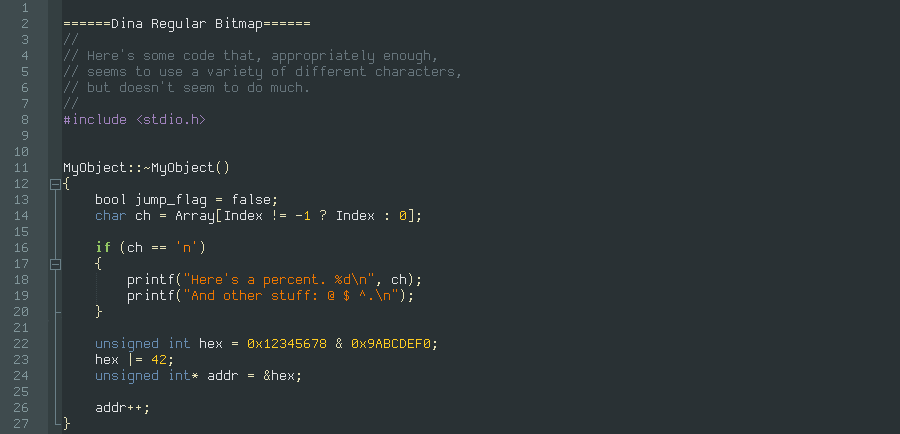
Dina is a clear and cleanly-designed font that makes code more readable and causes fewer headaches.
This version is remastered from the original, converted to TTF, and updated to remove artifacts. Unlike other attempts, this is probably the most high-quality and complete conversion.
There’s also a bold version if you need it, and if you have trouble with the remaster, you can always download the original bitmap version for free as well.
6. Terminus
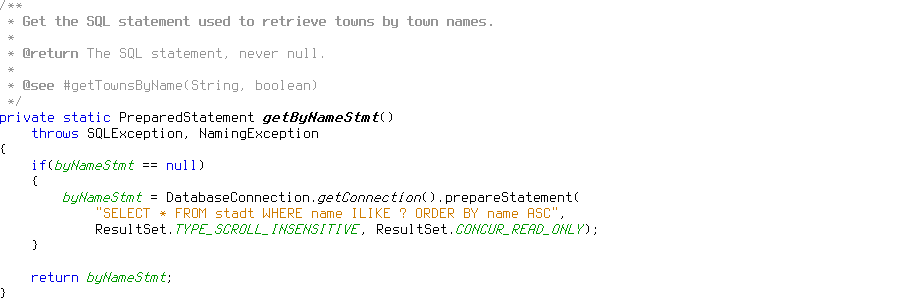
The Terminus font was specifically designed for those working long, 8+ hour days in a programming terminal. It won’t hurt your eyes as much as other fonts and is very easy to install and scan.
Many developers who have been using this font since its creation 10+ years ago swear by it, so it may be worth checking out.
Some modern programs do have trouble with bitmap fonts, so try out Terminus TTF if you encounter this problem.
7. Input
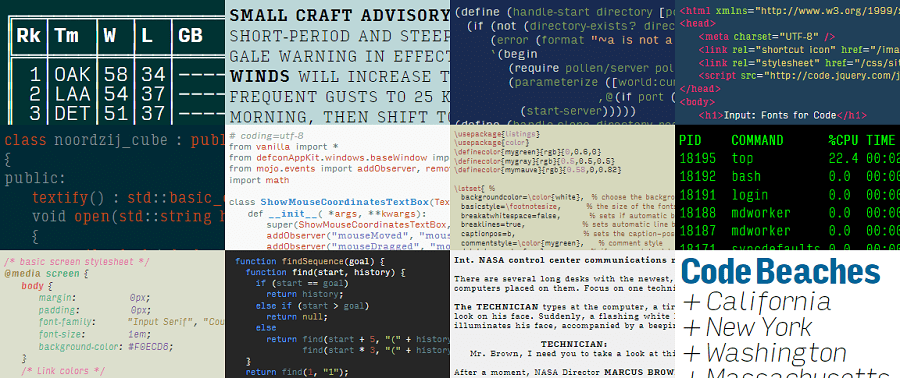
If you need a super flexible font available in multiple styles and one that looks good in any situation, or you keep running into issues with the popular bitmap fonts in particular programs, try out Input.
There are 168 styles in total, and you can swap out character defaults for certain symbols to your taste. You can also adjust line spacing. Give the preview on their website a try to see just how versatile it is.
The design was inspired by bitmap fonts popular in the community, and plenty of care was given to this process, including making this a proportional font – though a monospaced version is also available.
Input is free for private use, but you will need a license to use it in public projects like on websites.
8. Hack
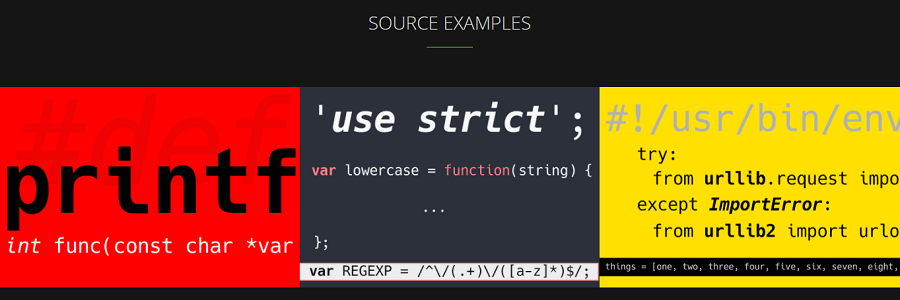
Need a coding font? Hack has every practical feature you may need: Bold, italic, and both combined, Powerline support, and carefully designed characters to improve legibility on the screen. No more squinting and no more headaches.
It can be challenging to find multilingual programming fonts, but Hack has over 1500 glyphs, so this won’t be a problem for most languages.
Try out the Font Playground to see how it looks in your favorite programming language, and even compare it to ones already installed on your system.
Finally, try the alt-hack and font-line tools to swap out alternate character sets and change line spacing.
9. Cascadia Code
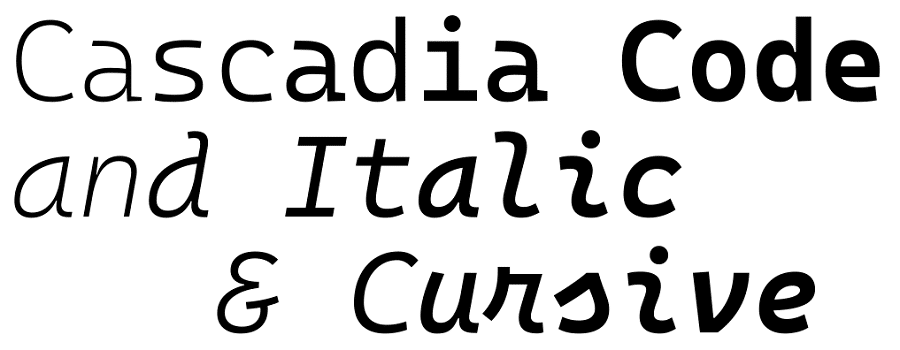
Cascadia Code is the default font for the Windows Terminal and Visual Studio. It includes a default, mono (no ligatures), italic, and cursive font, and it also has extra support for embedding Powerline symbols.
In addition, the font is known for its ligatures, both functional and stylistic, though you have the option to enable a package without these. Reception has been mixed among developers; some hate it (or prefer the old default, Consolas), while others love it.
In any case, it’s open-source, so you can try it out yourself or boot up Visual Studio to see it in action.
10. JetBrains Mono

If you use a JetBrains IDE, you may be familiar with this font. And if not, then you’ll want to try it out. It’s made specifically for developers and optimized for reading large volumes of code.
JetBrains Mono comes packed with nearly 140 code ligatures, 8 weights each with italics, and support for 145 languages. It’s also open-source and available for use in any personal or commercial situation.
11. Anonymous Pro
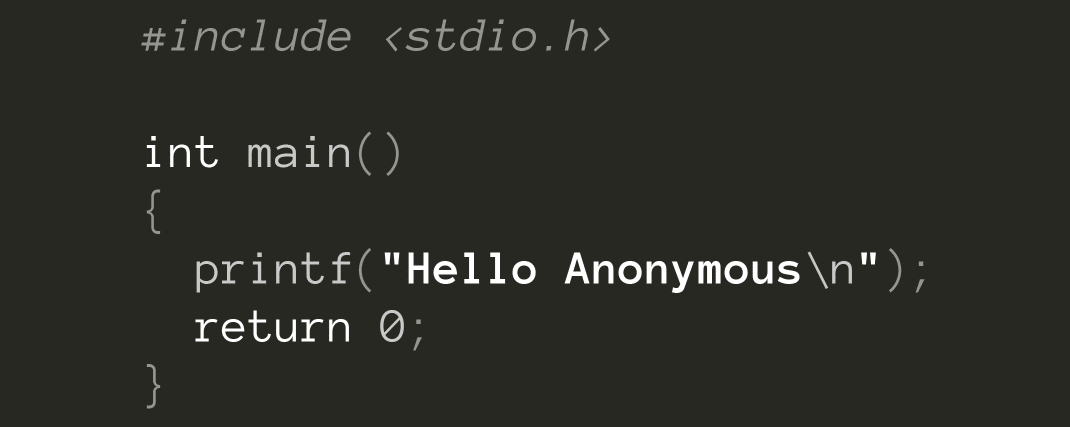
Anonymous has a long history beginning in the mid-90s, with a bitmap font developed for Macintosh ported to TrueType in 2001. Now that classic font has been remastered, you get four fixed-width typefaces explicitly designed for programmers.
Unlike many of the designer’s other fonts, this one is free under the Open Font License. If you liked it, check out his other premium fonts as well.
Top Paid Programming Fonts
Not everything good comes free, and some of the best coding fonts out there are premium and paid. While you can always try an open-source font instead, you may enjoy the extra careful design, research, and work put into these fonts.
- 12. Monolisa
- 13. Gintronic
- 14. Dank Mono
- 15. PragmataPro
12. Monolisa

Tired of boring monospaced fonts that are ugly to look at and cause eye strain? Monolisa is a unique font that follows monospaced standards to reduce fatigue while being much more pleasing to look at.
Besides designing for better reading flow, Monolisa also includes Powerline symbols, 200+ language support, and several ligatures, both whitespace only and entire symbol replacements. Or you can disable it if that’s not your cup of tea.
Check out the character set or font playground before you buy. It includes a 14-day free trial, so you can get your money back if you don’t like it.
13. Gintronic

Being a programmer doesn’t mean using lifeless, robotic character sets, and “monospaced” doesn’t mean “not any fun.” Gintronic is readable and beautiful both, with a light-hearted yet technical design.
There are six styles with an italic set for each, support for various symbols and languages, and it all has a pleasant enough design that you could use it for non-code purposes, and no one would bat an eye.
Gintronic is available in several bundles, or you can buy the one version you like. You can also register for a free trial if you want to try it before committing.
14. Dank Mono
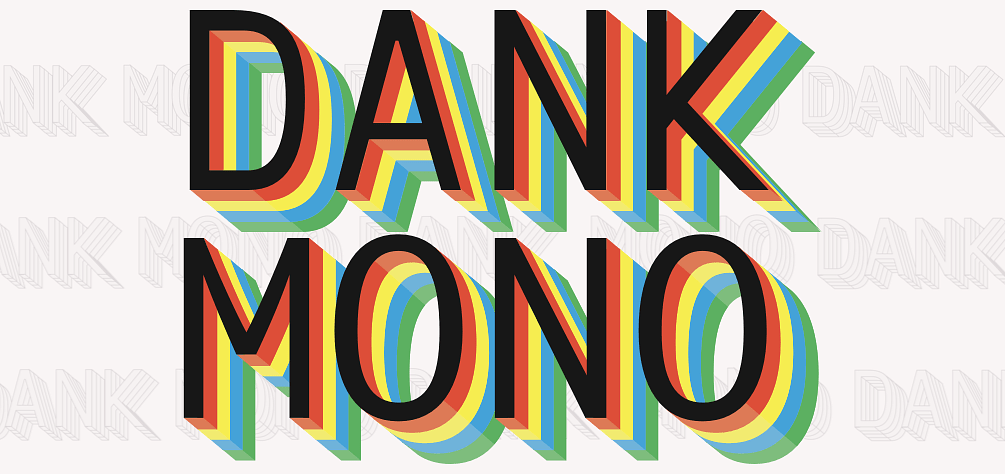
Many coding fonts are designed for small screens, and many of them haven’t been updated for large displays. Dank Mono is the exception; it’s a modern aesthetic font explicitly designed for high-resolution displays.
It’s certainly not your traditional bitmap monospace, but it does its job well and looks great while doing it. The font got quite popular in some circles and received a generally positive reception. Check out the creator’s write-up on his design choices if you want some insight into the creation process.
A personal and commercial license exists depending on what you need it for.
15. PragmataPro
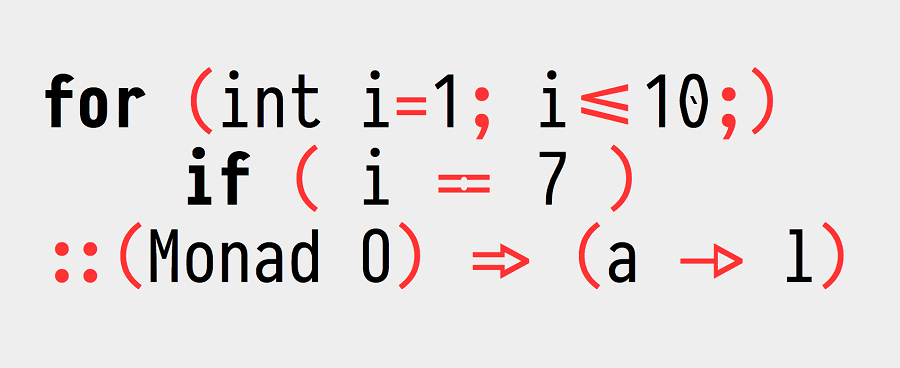
What if you need a font optimized for small screen sizes instead? PragmataPro does the trick. It also has no interline spacing to make it much more compact.
Its many ligatures are made to work with any programming language, and there are a few fun graphical ones bundled in there too.
There are two versions to buy: the Essential pack, which contains only the non-ligature monospaced font, and the full pack, which includes monospacing and modular spacing versions, both with and without ligatures.
The downside is that it was released in 2010 and still hasn’t hit version 1.0, and updates are very infrequent. You should only purchase it if you like what’s there already.
Why Switch Your Programming Font?
IDEs and developer tools don’t always come packaged with the best font. Usually, they use a monospaced system font, and while it may work fine for some, others report eye strain or poor readability.
While most of these programs offer the ability to switch fonts, many people don’t take advantage of it. Some programmers may not even realize they’re using a subpar font until they switch to a community-backed alternative and realize how better things can be.
A good font can minimize headaches, make your code easier to scan, and even revolutionize how you work.
So, what’s in a suitable programming font? Here’s what you need to look out for.
- Clear and easy-to-read characters to reduce eye strain when spending hours looking at hundreds of lines of code.
- Makes a clear distinction between commonly-confused characters such as the letter “O” and the number “0” or the lowercase “L” and the number “1”.
- Ligatures or extra whitespace for commonly-used symbols in popular programming languages – not for everyone, but others love it.
- Fonts with multiple variations on how certain characters are handled are great, so you can pick and choose exactly the version you prefer.
Many programmers prefer monospace/fixed-width fonts to help readability and make code easier to scan for errors, so most of them fall under that category. Some of them contain standard, non-monospaced versions bundled in if you prefer it that way.
Summary
When your job is looking at a screen all day, you owe it to yourself to choose a font that won’t leave you with splitting headaches when the workday is over. Or maybe you’re just looking for something a little more unique and fun than the same old fonts you’ve been using for over a decade.
Most people stick with whatever font their IDE provides without bothering to change it, but that font isn’t always the best one out there. It can take a few tries to find one that suits your tastes. But since most programming fonts are free, you can try as many as you want.
Can’t get enough fonts? Try out these web-safe fonts that you can safely use in any web design project.


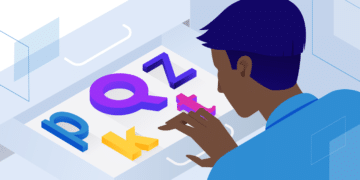
Leave a Reply